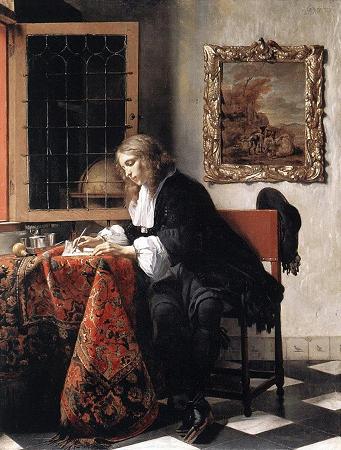National Gallery of Ireland. The National Gallery of Ireland houses the national collection of Irish and European art. It is located in the centre of Dublin with one entrance on Merrion Square, beside Leinster House, and another on Clare Street. It was founded in 1854 and opened its doors ten years later. The Gallery has an extensive, representative collection of Irish paintings and is also notable for its Italian Baroque and Dutch masters painting. The current director is Sean Rainbird. In 1853 an exhibition, the Great Industrial Exhibition, was held on the lawns of Leinster House in Dublin. Among the most popular exhibits was a substantial display of works of art organised and underwritten by the railway magnate William Dargan. The enthusiasm of the visiting crowds demonstrated a public for art, and it was decided to establish a permanent public art collection as a lasting monument of gratitude to Dargan. The moving spirit behind the proposal was the barrister John Edward Pigot, son of David Richard Pigot, Chief Baron of the Irish Exchequer, and he became one of the first Governors of the Gallery. The facade of the National Gallery copies the Natural History building of the National Museum of Ireland which was already planned for the facing flank of Leinster House. The building itself was designed by Francis Fowke, based on early plans by Charles Lanyon, and was completed and opened in 1864. The Gallery was not to founded around an existing collection, and when the Gallery opened it had just 112 paintings. In 1866 an annual purchase grant was established and by 1891 space was already limited. In 1897, the Dowager Countess of Milltown indicated her intention of donating the contents of Russborough House to the Gallery. This gift included about 223 paintings, 48 pieces of sculpture, 33 engravings, much silver, furniture and a library, and prompted construction from 1899 to 1903 of what is now called the Milltown Wing, designed by Thomas Newenham Deane. At around this time Henry Vaughan left 31 watercolours by J.M.W. Turner with the requirement that they could only be exhibited in January, this to protect them from the ill-effects of sunlight. Though modern lighting technology has made this stipulation unnecessary, the Gallery continues to restrict viewing of the Vaughan bequest to January and the exhibition is treated as something of an occasion. Another substantial bequest came with the untimely death in the sinking of the Lusitania of Hugh Lane, since 1914 director of the Gallery; not only did he leave a large collection of pictures, he also left part of his residual estate and the Lane Fund has continued to contribute to the purchase of artworks to this day. In addition to his involvement in the Gallery, Hugh Lane has also hoped to found a gallery of modern art, something only realised after his death in Dublin City Gallery The Hugh Lane. George Bernard Shaw also made a substantial bequest, leaving the Gallery a third of royalties of his estate in gratitude for the time he spent there as a youth. The Gallery was again extended in 1962 with a new wing designed by Frank DuBerry of the Office of Public Works. This opened in 1968 and is now named the Beit Wing. In 1978 the Gallery received from the government the paintings given to the nation by Chester Beatty and in 1987 the Sweeney bequest brought fourteen works of art including paintings by Picasso and Jack B. Yeats. The same year the Gallery was once again given some of the contents of Russborough House when Alfred Beit donated 17 masterpieces, including paintings by Velazquez, Murillo, Steen, Vermeer and Raeburn. In the 1990s a lost Caravaggio, The Taking of Christ, known through replicas, was discovered hanging in a Jesuit house of studies in Leeson Street in Dublin by Sergio Benedetti, senior conservator of the gallery. The Jesuits have generously allowed this painting to be exhibited in the Gallery and the discovery was the cause of national excitement. The painting was on loan to an Italian gallery from February until July 2010 as part of Caravaggio's 400th anniversary. In 1997 Anne Yeats donated sketchbooks by her uncle Jack Yeats and the Gallery now includes a Yeats Museum. Denis Mahon, a well-known art critic, promised the Gallery part of his rich collection and eight painting from his promised bequest are on permanent display, including Jacob Blessing the Sons of Joseph by Guercino.
more...














